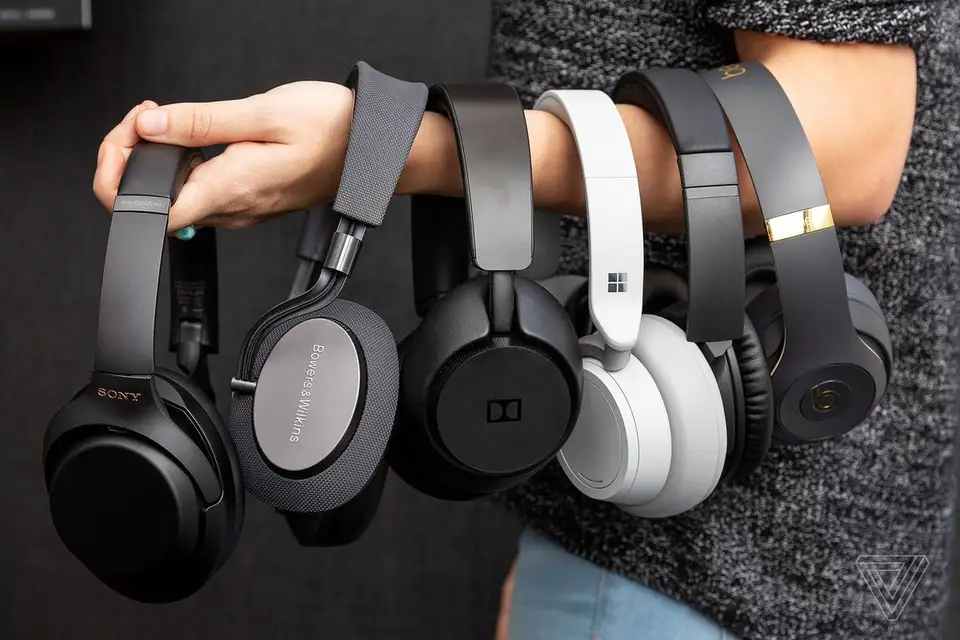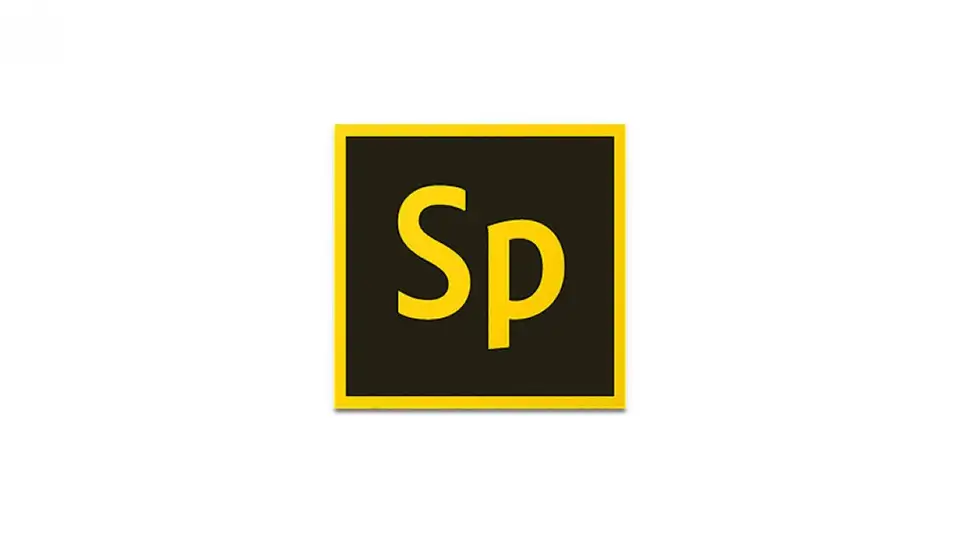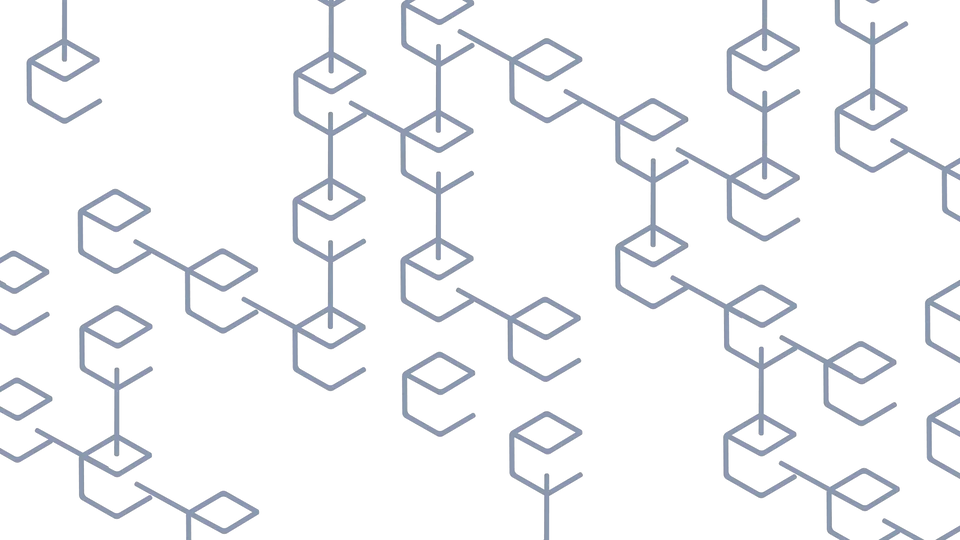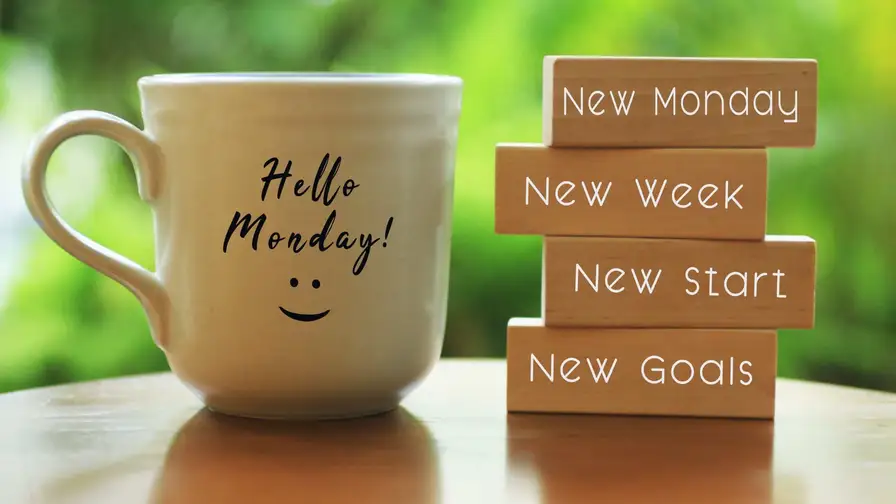Are you a fan of visual storytelling? Do you enjoy exploring complex themes and ideas through a combination of words and images? If so, chances are you're already familiar with novels and graphic novels. Although these two forms of storytelling may seem very different on the surface, they actually have a lot in common.
In this article, we'll take a closer look at the similarities between novels and graphic novels, examining how both forms engage readers on both intellectual and emotional levels. We'll also explore the differences in narrative techniques between the two forms and consider the future of visual storytelling.
So whether you're a die-hard graphic novel enthusiast or a lover of classic literature, get ready to dive into the world of visual storytelling and discover why these two forms of storytelling are more alike than you might think.
Key Points
- Both novels and graphic novels combine words and images to create an engaging experience for readers.
- Both forms of storytelling use visual language techniques to convey emotions, settings, and plot.
- They both explore complex themes and ideas through visual storytelling, engaging readers on intellectual and emotional levels.
- Graphic novels take a more visual approach to storytelling, while novels rely more on internal monologue and descriptive language.
Combination of Words and Images in Both Forms
You'll appreciate how novels and graphic novels seamlessly combine words and images to create a unique and captivating storytelling experience.
In both forms, the interpretation of images is as important as the words on the page. This is because visual language techniques are used to convey emotions, settings, and plot in ways that cannot be achieved with words alone.
For example, in graphic novels, the use of color can convey mood or emotions that would take much longer to explain with words. Similarly, the placement of images on the page can dictate the pace and flow of a scene.
In a novel, a character's physical appearance can be reinforced with accompanying images, providing a nuanced understanding of the character.
Both forms of storytelling rely on the combination of words and images to create a truly immersive experience for readers.
Exploration of Complex Themes and Ideas
Delving into the intricacies of novels and graphic novels, it becomes clear that both are not merely flights of fancy but powerful channels for exploring complex themes and ideas.
Just as a novel can transport us to distant realms and allow us to peer into the minds of characters, a graphic novel paints its own canvas with words and images.
Both forms have an incredible ability to dissect deep subjects?love, loss, identity, justice?with profound skill.
Through vivid illustrations or carefully crafted sentences, these stories compel us to confront the puzzles of life and society, raising questions that linger long after the final page.
Engaging Readers on Intellectual and Emotional Levels
Within the pages of novels and graphic novels lies a remarkable ability to draw readers into a world where intellect and emotion intertwine. Like puzzles waiting to be solved, novels hint at us with intricate plots and diverse characters, challenging our intellect to unravel their motivations and actions.
Meanwhile, graphic novels, with their visual symphony, have a unique power to evoke emotions that may be difficult to express in words. The synergy of text and images paints a canvas of feelings, allowing readers to feel the heartbeat of the story in vivid colors.
Whether it's unraveling intellectual puzzles or riding an emotional rollercoaster that grabs our attention, both forms remind us that storytelling is a gateway to exploring the vast landscape of human experience.
Differences in Narrative Techniques
You can truly enhance the depth and complexity of your story when you employ unique and varied narrative techniques that transport readers to different worlds.
One major difference between novels and graphic novels is how they use narrative techniques to develop characters and plot structure. Novels often rely on internal monologue and descriptive language to develop characters, while graphic novels use a combination of visual cues and dialogue to create a deeper experience for readers.
In terms of plot structure, graphic novels often employ a more visual storytelling approach, leveraging panel layout and imagery to convey action and pacing. This can create a more dynamic and fast-paced reading experience, as readers can see the action unfolding before them.
Conversely, novels often rely on a more traditional narrative structure, using chapters and sections to break the story into digestible parts.
Both forms of storytelling have their own unique strengths, and by understanding the differences in narrative techniques, creators can harness those strengths to create truly innovative and engaging works of fiction.
The Future of Visual Storytelling
Looking at the future of storytelling through a lens, one thing is certain: visual narratives, whether in traditional novels or graphic formats, will continue to evolve and captivate.
With advancements in technology, novelists may experiment with multimedia elements, enriching prose with immersive visuals. Conversely, graphic novelists may leverage augmented reality to change how readers interact with their stories.
The convergence of these two storytelling realms is an eagerly awaited horizon, where stories will be told not only through words and images but through a dynamic and interactive fusion dancing on the border between reality and fiction.
Conclusion
In the captivating journey through the worlds of novels and graphic novels, we discover a tapestry woven with shared threads and unique stitches.
The parallelism between words and images in both forms is evidence of the universal language in storytelling. Whether grappling with complex ideas or gripping our hearts with emotional intensity, both mediums play a crucial role in engaging readers on various levels.
Despite their differing narrative techniques, the symphony of visual storytelling remains harmonious. As we look ahead, it's clear that the future holds boundless possibilities, where novels and graphic novels will blend into a mesmerizing concoction that tingles the senses and sparks the imagination.
So whether you find entertainment in the pages of classic novels or the frames of graphic works, the joy of storytelling knows no bounds and is always captivating.
 Indonesia
Indonesia 









